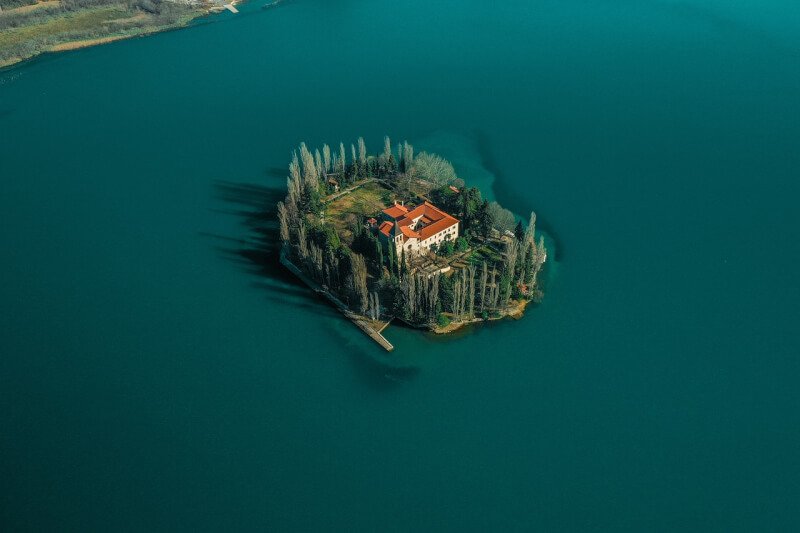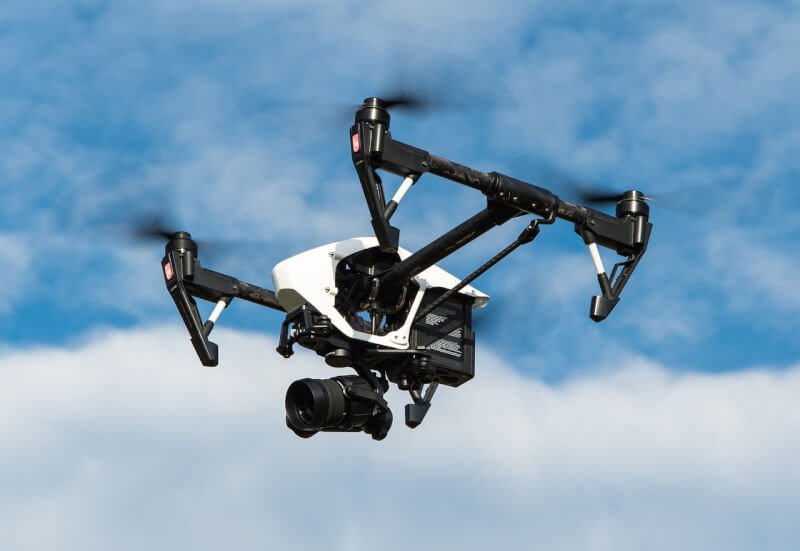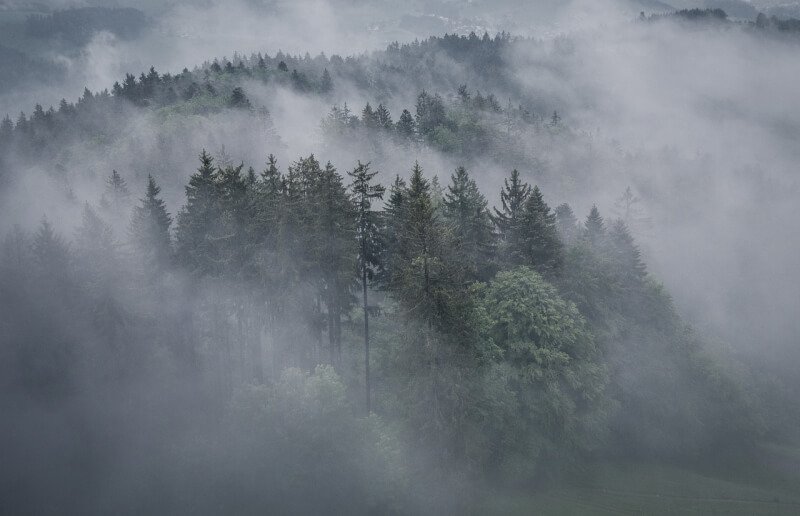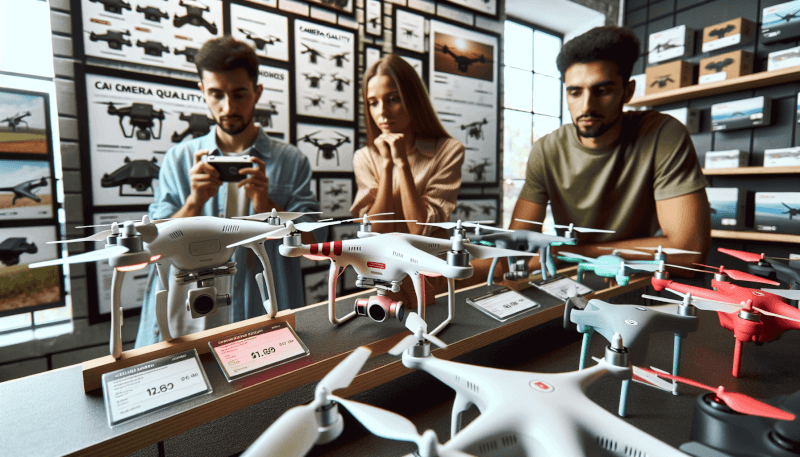Whether you’re a professional photographer or simply an enthusiast, choosing the best drone for photography can be a game-changer in capturing breathtaking aerial shots. With so many options available in the market, it can be overwhelming to navigate through the features and make an informed decision. In this article, you’ll discover valuable tips and considerations that will help you choose the perfect drone to elevate your photography skills to new heights. From camera capabilities to flight stability, get ready to embark on a journey towards finding the best drone companion for capturing stunning aerial imagery.

Consider the Camera Specifications
When choosing a drone for photography purposes, one of the most important factors to consider is the camera specifications. The camera is the heart of the drone, and it determines the quality of the photos and videos you can capture. Here are some key camera specifications to evaluate:
Sensor size
The sensor size determines how much light the camera can capture and ultimately affects the image quality. Larger sensor sizes generally result in better image quality, especially in low-light conditions. Look for drones with larger sensor sizes, such as 1-inch sensors, for exceptional image quality.
Megapixels
The number of megapixels refers to the resolution of the camera. Higher megapixel counts can capture more detail in the images, but keep in mind that larger files will take up more storage space. Consider your intended use for the images and strike a balance between resolution and file size.
ISO range
The ISO range determines the drone camera’s sensitivity to light. A wider ISO range allows you to capture clear and sharp images in various lighting conditions. Look for drones with a wide ISO range, ideally up to ISO 3200 or higher, for versatile photography capabilities.
Shutter speed
Shutter speed affects the exposure and sharpness of your images. It determines how long the camera’s shutter remains open to capture the image. Look for drones that offer a wide range of shutter speeds, from fast shutter speeds for capturing moving objects to slower shutter speeds for long-exposure photography.
Lens options
The lens is another crucial component of the camera system. Some drones come with fixed lenses, while others offer interchangeable lenses, allowing you to use different focal lengths and achieve various photographic effects. Consider your photography style and the flexibility you desire in lens options when evaluating drones.
Evaluate Flight Performance
Once you’ve considered the camera specifications, it’s time to focus on the drone’s flight performance. Optimal flight performance ensures that you can capture stunning aerial shots without any issues. Here are some key aspects to evaluate:
Flight time
Flight time refers to how long the drone can stay in the air on a single battery charge. Longer flight times are desirable, as they allow you to spend more time capturing images and footage. Look for drones with flight times of at least 20 minutes to ensure ample time for your photography endeavors.
Maximum altitude
The maximum altitude capability of the drone determines how high it can fly. If you plan on capturing aerial photographs from great heights, consider drones with higher maximum altitudes. However, keep in mind that local regulations may impose height restrictions, so be sure to abide by those as well.
Speed
The speed of the drone affects how quickly it can move through the air. While high speeds may be beneficial for capturing fast-moving subjects, slower speeds can be advantageous for achieving smoother and more controlled shots. Evaluate the speed options of the drone and choose one that aligns with your photography needs.
Stability and maneuverability
Stability is crucial for capturing sharp and clear images. Look for drones with advanced stabilization systems, such as gimbals, to minimize unwanted camera movements during flight. Maneuverability is also important, as it allows you to position the drone precisely for the perfect shot.
Obstacle avoidance
Obstacle avoidance technology can help prevent collisions and accidents during flight. Drones equipped with obstacle avoidance sensors and intelligent flight modes can automatically detect and avoid obstacles, ensuring safe and hassle-free flights. Consider this feature if you plan on flying your drone in challenging or crowded environments.
Assess the Drone’s Size and Portability
The size and portability of a drone play a significant role in its usability and convenience. Here are some aspects to consider when evaluating the size and portability of a drone:
Foldable vs. fixed design
Foldable drones offer enhanced portability as they can be easily folded and packed into a smaller footprint. This feature allows you to carry the drone more conveniently and reduces the space required for storage. On the other hand, fixed design drones tend to be more robust and may offer better durability in certain situations.
Weight and dimensions
Consider the weight and dimensions of the drone when assessing its portability. Lightweight drones are easier to carry and maneuver, making them ideal for travel and outdoor photography. Additionally, smaller drones are generally more portable, as they require less space for storage and transportation.
Ease of transportation
Evaluate the drone’s ease of transportation, particularly if you plan on taking it on trips or adventures. Look for drones that come with dedicated carrying cases or backpacks, as these accessories can provide added protection and convenience during transportation. Consider the ease of disassembly and assembly as well.
Compatibility with carrying cases
If you prefer using your own carrying cases, ensure that the drone’s dimensions and design are compatible. Some drones come with custom-designed carrying cases, while others may require third-party cases. Compatibility with carrying cases can make transportation and storage much more convenient.
Consider Battery Life and Charging Options
Battery life and charging options are crucial considerations, as they determine how long you can use your drone and how easily you can recharge it. Here are some aspects to assess:
Battery capacity
The battery capacity determines how much flying time you can get on a single charge. Higher battery capacities generally result in longer flight times. Consider drones with larger battery capacities, such as those with 3000mAh or higher, to ensure extended flying sessions.
Charging time
Evaluate the charging time required to fully recharge the drone’s battery. Quick charging options can significantly reduce downtime between flights, allowing you to maximize your flying time. Look for drones with fast charging capabilities, ideally with support for rapid charging technologies.
Availability of spare batteries
Having spare batteries is essential, especially if you plan on extended photography sessions or outings. Look for drones that offer readily available spare batteries, either directly from the manufacturer or through third-party sellers. Additionally, consider the cost of spare batteries to ensure they fit within your budget.
Compatibility with external power banks
Consider whether the drone is compatible with external power banks. This feature can be useful when you’re in remote areas without access to a power source. Being able to charge your drone using a portable power bank can significantly extend your flying time and provide added convenience.

Examine the Controller and Remote Connectivity
The controller and remote connectivity are critical components of the drone’s control system. Here’s what to consider when evaluating these aspects:
Ergonomics and ease of use
A comfortable and ergonomically designed controller makes flying the drone more enjoyable and less fatiguing. Look for controllers that have well-positioned buttons and intuitive layouts. Consider the overall feel and build quality of the controller to ensure it meets your expectations.
Range and signal strength
Evaluate the range and signal strength of the drone’s remote control system. Larger ranges allow you to fly the drone further away, which can be advantageous for capturing wide-angle shots or exploring vast landscapes. Look for drones with longer ranges and reliable signal strength for optimal control.
Compatibility with smartphones or tablets
Many drones offer the ability to connect your smartphone or tablet to the remote controller. This feature allows you to access live video feeds, adjust camera settings, and control flight modes directly from your mobile device. Consider whether the drone is compatible with your preferred smartphone or tablet operating system.
Real-time video transmission capabilities
Real-time video transmission capabilities enable you to see what the drone’s camera sees while it’s in the air. This feature is particularly useful for framing and composing your shots effectively. Look for drones that offer stable and lag-free video transmission systems for a seamless photography experience.
Research the Drone’s Flight Modes and Intelligent Features
Flight modes and intelligent features can enhance your photography capabilities and provide creative opportunities. Here are some features to research:
Follow me mode
The follow me mode enables the drone to track and follow you automatically. This feature is excellent for capturing dynamic shots while engaging in activities such as hiking, biking, or running. Look for drones that offer reliable follow me modes with advanced tracking algorithms.
Waypoints
Waypoints allow you to predefine specific flight paths and locations for the drone to follow automatically. This feature is ideal for capturing aerial footage of specific areas or creating complex cinematic shots. Consider the ease of use and flexibility of waypoints when researching drones.
Orbit mode
Orbit mode enables the drone to circle around a designated subject or point of interest automatically. This feature is useful for capturing captivating aerial footage from different angles, as the drone orbits around the subject. Look for drones that offer adjustable orbit parameters for added creative control.
ActiveTrack
ActiveTrack technology allows the drone to actively track and follow moving subjects while keeping them in the frame. This feature is beneficial for capturing action shots or videos where the subject is constantly on the move. Consider the accuracy and reliability of ActiveTrack when comparing drones.
Gesture control
Gesture control enables you to control the drone’s movements and camera functions using hand gestures. This feature can be convenient and fun, especially when you want to capture selfies or group photos. Evaluate the gesture control capabilities and ease of use of the drone when researching this feature.

Consider GPS and Navigation Systems
GPS and navigation systems play a vital role in the drone’s flight performance and location accuracy. Here are some aspects to consider:
Built-in GPS
Having a built-in GPS system provides accurate positioning data for the drone, enhancing its stability and flight precision. Look for drones with advanced GPS systems that offer precise location tracking and navigation capabilities.
GLONASS
GLONASS is a global satellite navigation system that works in conjunction with GPS to provide more accurate positioning and navigation. Drones equipped with both GPS and GLONASS systems have improved location accuracy and can operate in areas with limited GPS coverage.
Optical flow sensors
Optical flow sensors use cameras and visual data to help the drone maintain position and hover accurately, especially when GPS signals are weak or unavailable. Evaluate drones that offer optical flow sensor technology, as it enhances flight stability and positioning capabilities.
Vision positioning system
A vision positioning system utilizes multiple sensors and cameras to detect and analyze the environment, enabling the drone to fly and navigate accurately indoors or in areas with limited GPS coverage. If you plan on using your drone for indoor photography or flying in GPS-restricted areas, consider drones with advanced vision positioning systems.
Evaluate the Drone’s Stability and Wind Resistance
Stability and wind resistance are crucial factors, especially when capturing aerial photos or videos. Here’s what to evaluate:
Gimbal stabilization
A gimbal is a mechanical stabilization system that helps keep the camera stable and level during flight, minimizing vibrations and unwanted movements. Look for drones with advanced gimbal stabilization systems to capture smooth and professional-looking footage, particularly in challenging weather conditions.
Wind speed rating
Consider the drone’s wind speed rating to determine its ability to withstand windy conditions. Drones with higher wind speed ratings are more stable and less affected by gusts, allowing you to capture steady footage even on breezy days. Look for drones with wind speed ratings of at least 15 mph or higher.
Return to home feature
The return to home feature allows the drone to automatically navigate back to its takeoff location with the push of a button or in case of low battery. This feature ensures that you can safely retrieve your drone and prevents it from getting lost. Evaluate the reliability and precision of the return to home feature when comparing drones.
Flight stability in various weather conditions
Consider the overall flight stability of the drone, particularly in various weather conditions. Look for drones that have been tested and proven to perform well in different weather conditions, including windy, rainy, or hot environments. Choose a drone that can handle the conditions you plan to fly in without compromising stability.

Research the Manufacturer’s Reputation and Customer Support
When investing in a drone, it’s essential to consider the reputation of the manufacturer and the customer support they provide. Here’s what to research:
Reliability
Research the reliability of the manufacturer and their drones. Read customer reviews, professional reviews, and forums to gauge the overall reliability and performance of the drone. Look for brands with a track record of producing reliable and high-quality products.
Product quality
Evaluate the quality of the drone’s construction, materials used, and overall build. A well-built drone is more likely to withstand the rigors of aerial photography and last longer. Consider drones made by reputable manufacturers known for their high-quality products.
Warranty
Assess the warranty offered by the manufacturer. A comprehensive warranty provides peace of mind and indicates the manufacturer’s confidence in their product’s quality and longevity. Look for warranties that cover manufacturing defects and provide reasonable coverage periods.
Ease of repairs and availability of spare parts
Research the availability of spare parts and the ease of repairs for the drone. Accidents happen, and being able to repair your drone easily and affordably is crucial. Choose a drone from a manufacturer that offers readily available spare parts and a network of authorized service centers.
Consider Price and Value for Money
Finally, consider the price of the drone and its overall value for money. Here are some aspects to consider:
Budget considerations
Determine your budget for a drone and stick to it. Consider how much you’re willing to invest in a drone for photography and ensure that it aligns with your financial capabilities. Remember to also factor in additional costs such as spare batteries, accessories, and necessary software.
Compare features and prices
Compare the features and specifications of different drones within your budget range. Look for drones that offer the most value in terms of camera capabilities, flight performance, and intelligent features. Consider the compromises you’re willing to make and strike a balance between price and performance.
Assess long-term investment value
Evaluate the long-term investment value of the drone. Consider the longevity of the product, its potential for future firmware updates, and compatibility with accessories or upgrades. Investing in a drone with long-term value ensures that you can continue using it for your photography needs for years to come.
Consider accessories and extras included
Assess the accessories and extras included with the drone. Some manufacturers offer bundles that include spare batteries, carrying cases, or additional propellers. These extras can add value to your purchase and provide convenience right out of the box. Evaluate whether the included accessories align with your needs and preferences.
In conclusion, choosing the best drone for photography requires a comprehensive evaluation of various factors. Consider the camera specifications, flight performance, size and portability, battery life and charging options, controller and remote connectivity, flight modes and intelligent features, GPS and navigation systems, stability and wind resistance, manufacturer’s reputation and customer support, as well as price and overall value for money. By carefully assessing each aspect and finding a balance between your photography needs and budget, you’ll be able to choose a drone that meets your expectations and allows you to capture stunning aerial photographs. Happy flying!



